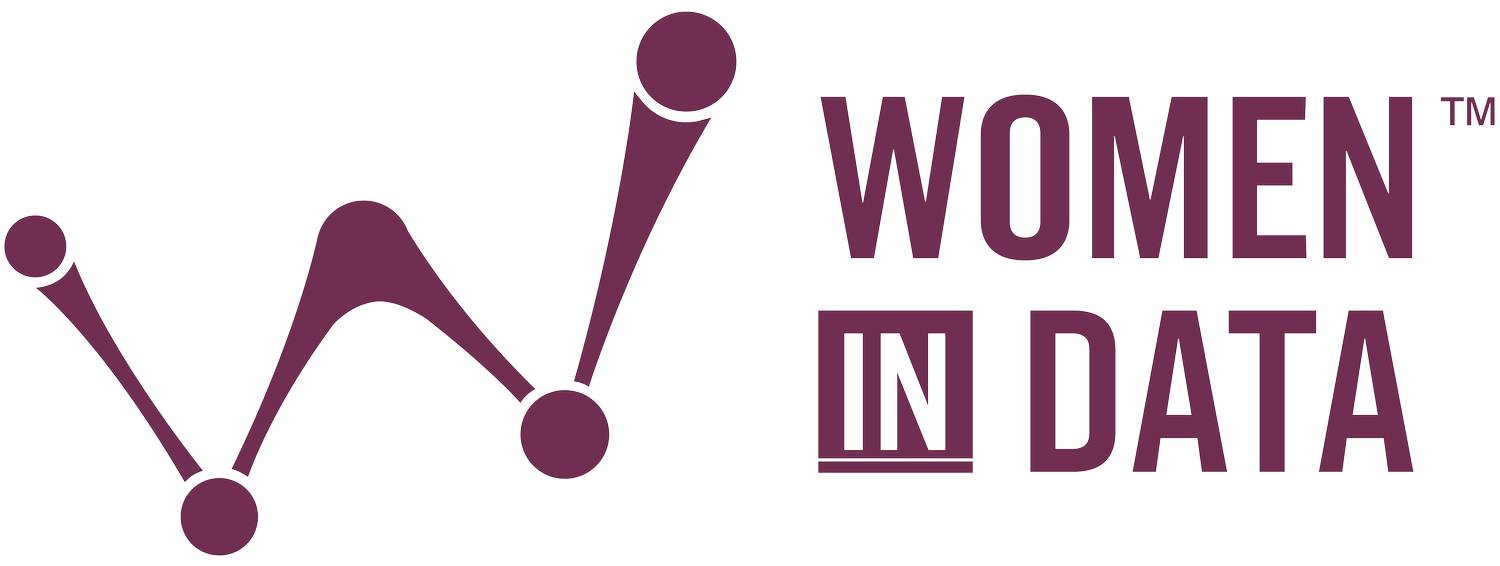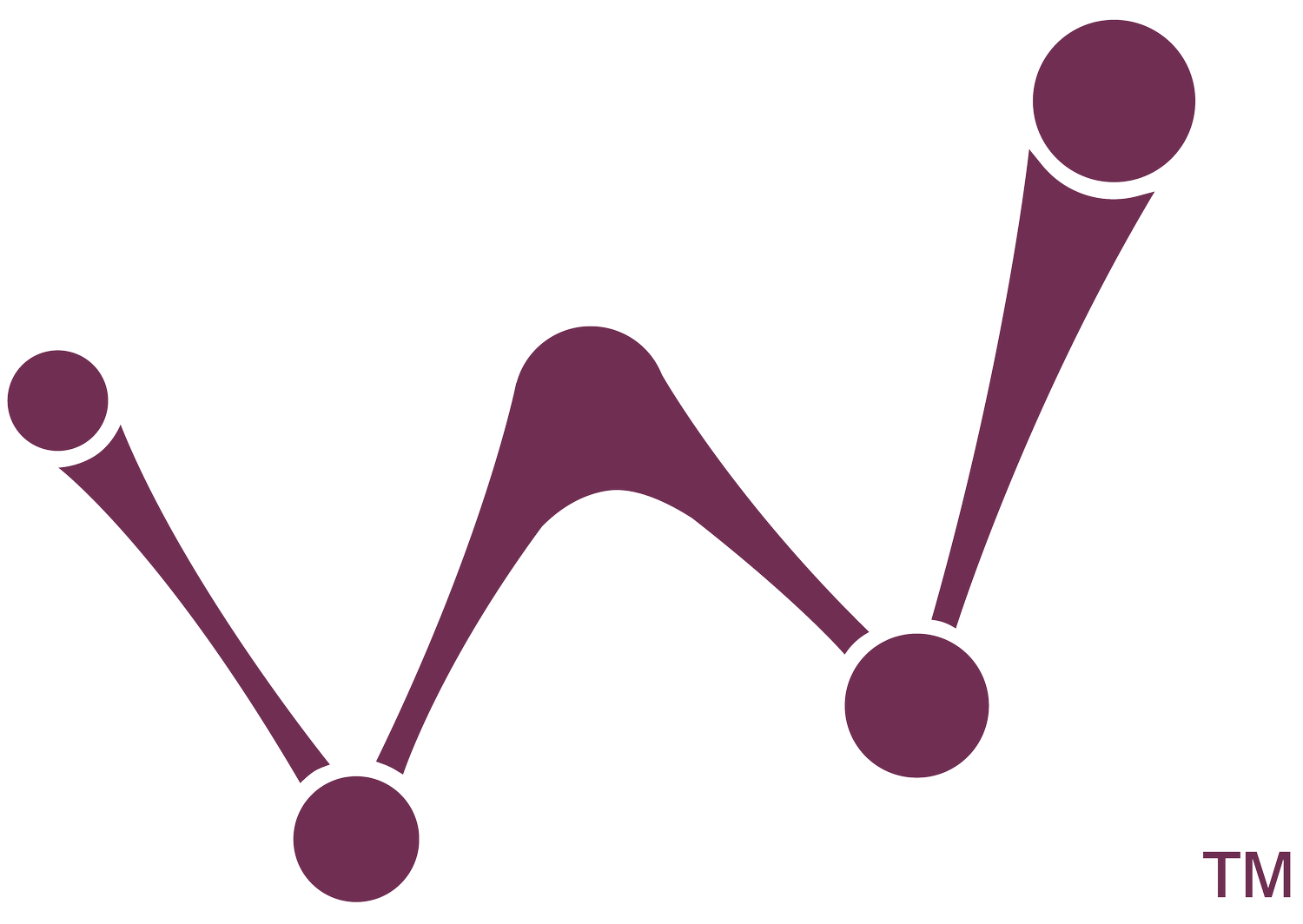10 Steps to Teaching Data Science Well
A resource for data science instructors.
Jasmine Vasandani
Image source: https://broadlygenderphotos.vice.com
With the increase in demand for data scientists, there has been a parallel growth in training programs within companies and educational institutions that teach people data science. In addition to focusing on meeting the job demand, there need to be more resources for instructors facilitating data science classrooms. Here’s a list of ten steps for current and prospective data science instructors to make sure they’re creating an optimal learning environment for their students.
“Better than a thousand days of diligent study is one day with a great teacher.”
— Japanese Proverb
1. Ensure everyone in your class feels comfortable to participate.
Create an inclusive learning environment by ensuring everyone feels like they belong to the classroom and can participate, whether it’s through answering questions in front of everyone or approaching the instructor one-on-one. Prioritize people of color, women, LGBTQIA+, and folks with disabilities when assessing participation rates in the class.
2. Make sure students with no technical background are keeping up.
The students in your classroom will have varying levels of expertise in data science. During a lesson, take a moment and determine if all students are keeping up with the material. This can be done by asking for a simple head nod, or a response to a poll if the class is being taught online. Encourage students to reach out to you if they feel like they are falling behind.
3. Be an engaging speaker.
Data science is not an easy topic to comprehend with all the coding, math, and analysis that goes into this type of work. When teaching data science lessons, ensure that you are an engaging and confident speaker. Pace yourself and speak clearly. Ensure that your students are engaged in your material and understanding each step of your process well.
4. Begin lessons with the answers to your problem sets.
Data science offers a set of tools to answer and analyze real-life questions. Sometimes those tools can get overly complicated and it’s easy to lose students in the process of explaining a concept. Always begin lessons with the answer to the data science question you’re asking. For example, if the problem set is about predicting outcomes, begin the lesson showing what the predicted outcomes might look like. It’s easier for students to follow along with the minutiae of data science processes if they clearly understand why they are conducting each step.
5. Translate numerical outputs and data visualizations into clear sentences.
This one is similar to the step above but places emphasis on how you state your conclusions. Always translate numerical outputs of your code and your data visualizations into clear sentences. What do the numbers you’ve calculated signify? What do your data visualizations reveal about your data? Go back to your original data science question and state the answers clearly.
6. Introduce new and/or alternate coding methods in separate cells.
Most data science courses use Jupyter Notebook for instruction. If you are showing multiple methods to code a concept or if you are making edits to an original block of code that alters an output, use a new cell. Do not keep iterating on one block of code and changing your output within one cell. Teach your code in steps, and showcase variations to your code in new cells.
7. Tie previous lessons to the current one.
When introducing new concepts, demonstrate and contextualize how the current lesson connects to what students have learned already. One way of doing this is through using tools like mind-maps to illustrate how the topics are related to each other. This empowers students with context and tools to communicate what they’ve learned so far.
8. Use inclusive datasets.
Data science is a powerful tool to help uncover hidden truths and unknown stories about the world. Use the potential of data science to explore datasets that are overlooked. For example, if you’re using sports data to illustrate a concept, why not use WNBA datasets instead of the NBA? To determine how inclusive your datasets are, make a list of all the datasets you use in the entirety of the course you are teaching. Who and what do your datasets represent? And who and what isn’t being represented?
9. Use real datasets.
And while we’re on the topic of datasets, make sure to use real-life datasets in your lessons. Yes, it’s still extremely useful to use the iris, wine, breast cancer, and Boston toy datasets. However, whenever possible, supplement your teaching material with actual and attainable datasets. Get students used to answering real-life questions using data about the real world that they can take with them beyond the classroom. There are tons of places to acquire open source data that you can use.
10. Have fun!
Create a learning environment that’s fun! This might be the most important step to teaching data science well. Have fun in your classroom, whether it’s an in-person or remote setting. Data science is an exciting and revolutionary topic to be learning and sharing. As an instructor, you should feel proud of your ability to democratize knowledge and make data science accessible to all interested students.
***
This article originally appeared in Toward Data Science
Jasmine Vasandani is a data scientist, business strategist, and researcher. She is passionate about building inclusive communities in data. Jasmine is thankful for the instructors teaching her data science today.
You can learn more about Jasmine here: https://www.jasminev.co/


